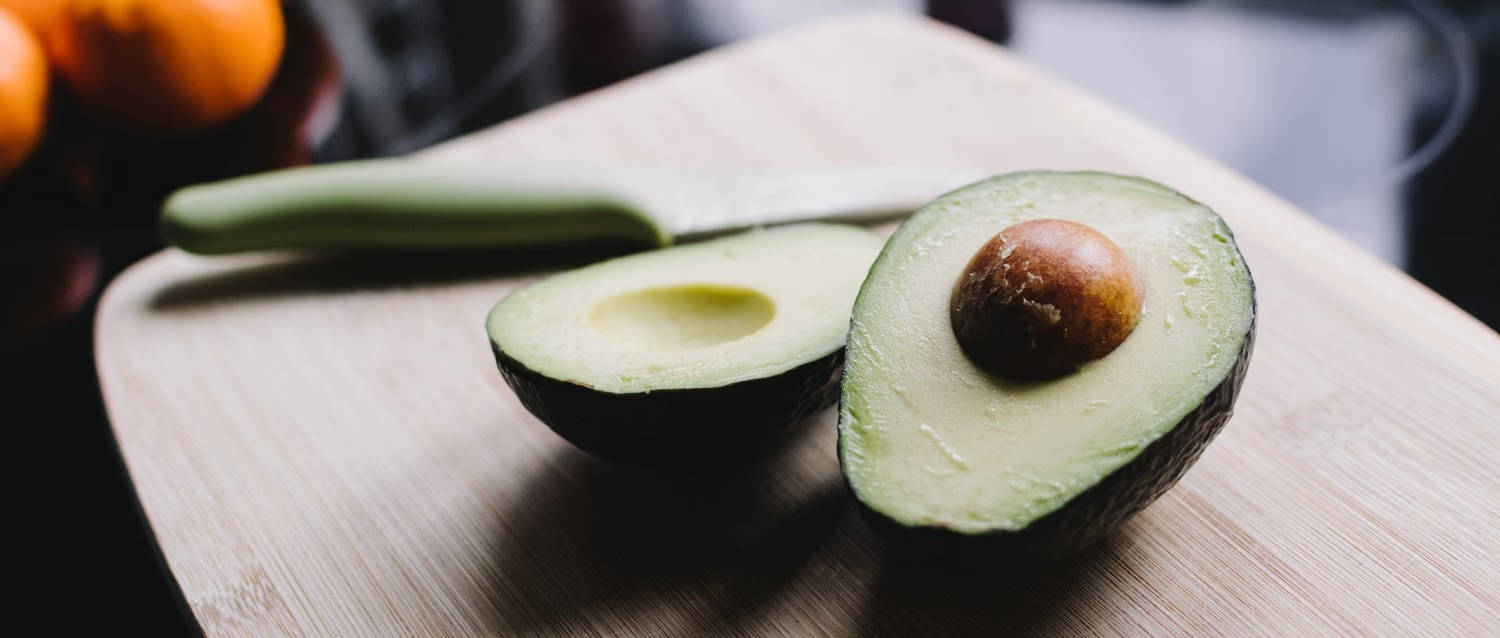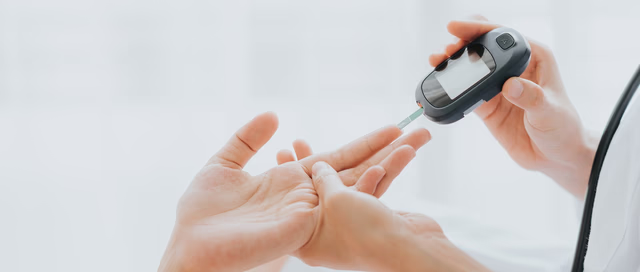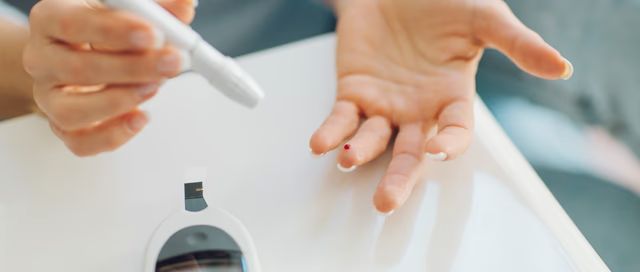
How to snack when you have diabetes
Peer reviewed by Dr Sarah Jarvis MBE, FRCGPLast updated by Dr Mary Elisabeth Lowth, FRCGPLast updated 16 May 2018
Everyone needs to snack sometimes. But if you have diabetes, it's important to choose something that won't have a big effect on your blood sugar. We explore the best snacks for those with type 1 and type 2 diabetes and how to avoid hypos.
In this article:
At mealtimes, we can't always plan exactly how much food we need until the next meal. And if you have diabetes, it can be even trickier. But the aim of good diabetic control is to keep your sugar levels steady, so the ideal snack will satisfy your hunger but be low in fat and sugar.
Fruit, biscuits, or cereal bars are useful, portable snacks. Always carry glucose tablets or gel or a non-diet soft drink too, in case of a hypo.
Continue reading below
Snacking with type 1 diabetes
Hunger
Like anyone, if you have type 1 diabetes you might get hungry between meals. Low blood sugar is not the only cause of hunger, although it can trigger it.
If you take insulin twice a day then you are fairly likely to need to snack between meals to stop your blood glucose levels from falling too low (a hypo). But if you take insulin with each meal then you won't usually need to snack. Your dietician will be able to advise you.
Exercise
You might particularly need to snack before and/or after physical activity. If you are on insulin and you are about to be very active then it is usually best to snack before you start, particularly if your blood glucose is already low in your range. If you are active for a while, like a match, you may need an additional snack part-way through. After you have finished being active, you will carry on using extra glucose for a while as you replace your stored 'rapidly accessible energy'. You may need additional carbohydrate at your next meal to compensate for this.
When snacks cause problems
It's easy to accidentally overcompensate if you have type 1 diabetes. Take three-year-old Mia* who was diagnosed with the condition. Her mum, Jenny, also had type 1 diabetes, and a history of having hypos at night which frightened her.
Whenever Mia came to the diabetes clinic, her blood tests suggested that her control was very poor. The dietician spent some time with Mia and her mum and discovered that Mia's chosen snack was a mini Mars® bar. Because her Mum worried about night-time hypos, Mia always had one or two of these beside her bed. She liked them so much that she would eat them each night, and would often request extra during the day.
But even a small Mars® bar is a big snack for a little girl, and not something she needed during the night if she wasn't having hypos. Mia wasn't very pleased at first but with reward and praise she was 'weaned' off her late-night snacks and her control improved dramatically.
Patient picks for Diabetes mellitus
Snacking with type 2 diabetes
People with type 2 diabetes are resistant to insulin, rather than not being able to produce it. Those who are not on any medication will not develop low blood sugar so won't need to snack in the way that people with type 1 diabetes do. You may still want to snack if you get hungry between meals.
If you take insulin or diabetes medications that lower your blood glucose - particularly sulfonylurea tablets, which carry a much higher risk than other tablets of hypos - you may need a snack between meals in order to keep your blood sugar in the normal range.
Can your body mislead you?
Roy* is in his seventies, has type 2 diabetes and has always liked a plain digestive biscuit with his tea. He'd been on insulin for some years but had gradually put on weight so needed a steadily increasing dose. Unfortunately, after a fall, he broke his foot and had to come into hospital as it wasn't healing.
It became obvious when Roy was on the ward that he was now eating half a packet of digestives every time he felt hypo, and this was happening two or three times a day. He insisted that it took these many biscuits to make the hypo feeling go away; he had tried fewer but it just didn't work.
The specialist diabetes nurse spent some time with Roy. For a couple of days she watched as he did things 'his way', but tested his blood sugars before and after the biscuits - when he felt hypo, and when he felt better. She was able to show him that his blood sugar was 12 when he felt low, and 17-18 when he felt better. Roy was having false 'hypo' sensations because he was so accustomed to running high. It took some time for Roy to adjust back, but gradually his control improved, and he gave up digestive biscuits completely.
Continue reading below
What should I snack on?
Generally speaking, if you have type 1 or type 2 diabetes, you should avoid high-fat, high-salt foods, such as crisps, iced cakes, and processed foods, and foods high in refined sugars, like sweets and fizzy drinks.
All carbohydrates increase your blood sugar. These include sugary carbs (in sweets, sugary drinks, cakes and desserts, as well as in fruit) and starchy carbs (in pasta, bread, cereals and starchy vegetables like potatoes). However, low GI carbs are absorbed more slowly into your system and release energy more slowly, so they reduce sharp rises in blood sugar.
On the whole, wholegrain and high-fibre foods have a lower GI than refined versions. Whole fruit contains carbs, but they're mixed in with fibre and broken down more slowly than 'neat' sugar. That's why tinned fruit in syrup or fruit juice causes your blood sugar to rise faster than whole fruit.
But it's more complicated than that - for instance, wholemeal bread, where the whole grain is in the bread but has been ground up, is relatively high GI. The fat content of food affects its GI as well, so chocolate is medium GI despite all the sugar it contains. Protein also lowers GI, so milk and dairy products, which contain protein and fat, are low GI.
It's also important to remember that some low-carb foods are high in calories, and that a huge portion of low GI food will raise your blood sugar more than a small portion of the same food.
And you don't need special 'diabetic' snacks.
Diabetes UK says: "We don't recommend snacks labelled 'diabetic', which tend to be expensive and don't offer you any special health benefits. The key is to plan your favourite snacks so they fit into your overall diet, and watch your portion sizes."
Remember, if something tastes very sweet it may be high in sugar, and if something is deep-fried it is almost certainly high in fat.
How to make snacks more interesting
If you can keep a broad range of snack 'ingredients' in your fridge and store cupboard then you should be able to create snacks that appeal to you out of your weekly shop.
Smoothies or milkshakes are simple and delicious. Just mix milk, a fruit of your choice and a few ice-cubes. Pour into a glass and enjoy.
Rather than pitta bread or bread sticks, dip carrot and cucumber sticks in your hummus.
If you can't resist a sandwich, try a Scandinavian-style 'open' sandwich with 1 slice of whole grain rye bread rather than 2 and a high protein topping like chopped egg.
Instead of a chocolate bar, snack on 25g of almonds, which provide protein, 'good' fats and vitamins.
Instead of eating crisps, pop your own corn. Flavour with salt and pepper, a sprinkle of paprika or even a little finely grated parmesan.
Avocadoes are low in carbs (half an avocado provides just 1.5g carbs). While the fat they contain is 'good' fat, they are high in calories (half an avocado has about 158 calories), so eat them in moderation.
Keep a couple of hard boiled eggs, high in protein to keep you feeling full, in the fridge. You can snack on one for under 70 calories and just 1.7g carbs.
*Names have been changed to protect identities.
Dr Mary Lowth is an author or the original author of this leaflet.
Article History
The information on this page is written and peer reviewed by qualified clinicians.
16 May 2018 | Latest version

Feeling unwell?
Assess your symptoms online for free

